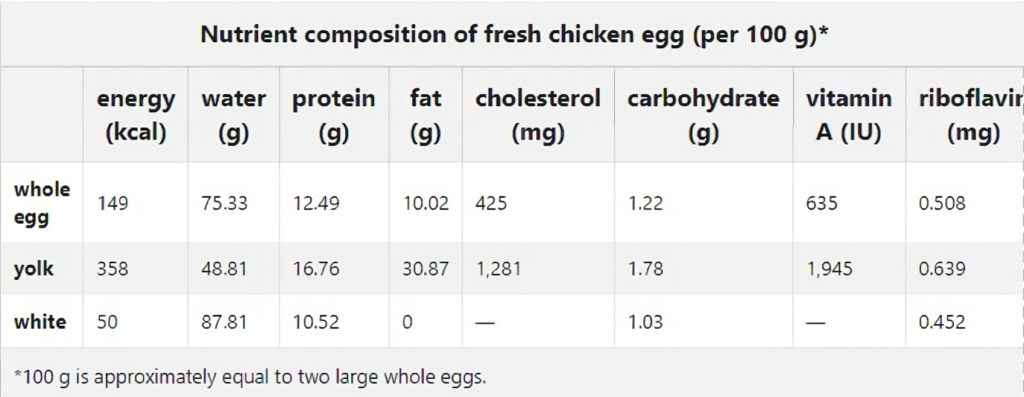Eggs
-
Beefs
Beefs
-
Chicken
Chicken
-
Pork
Pork
-
Eggs
Eggs
-
Fish
Fish
-
Lamb
Lamb
-
Goat meat
Goat meat
-
Honey
Honey
-
Sea Food
Sea Food
-
Milk
Milk
-
Cheese
Cheese
-
Yogurt
Yogurt
Our Brochures
Contact Us
Social Media


Egg, the content of the hard-shelled reproductive body produced by a bird, considered as food. While the primary role of the egg obviously is to reproduce the species, most eggs laid by domestic fowl, except those specifically set aside for hatching, are not fertilized but are sold mainly for human consumption.
Microbiology
Over 90% of eggs are uncontaminated when laid, with most contamination, including by Salmonella, occurring afterward. Proper washing and sanitizing can remove most bacteria from the shell. Less than 1% of eggs contain Salmonella enteritidis from the hen’s ovary, a cause of food poisoning, which can be neutralized through thorough cooking. Though spoilage organisms can lead to various types of egg rot, they are rarely encountered by consumers due to rapid market circulation.
Egg Products
Despite the decrease in fresh egg consumption since 1950, their use in food products has grown. Eggs, utilized for their distinct properties such as foaming and emulsifying abilities, are now integral in creating various items including bakery goods and mayonnaise. They are offered in diverse forms like liquid, dried, or frozen, and find applications in convenience foods and food-service establishments.
Structure and composition
The structural components of the egg include the shell and shell membranes (10 percent); the albumen or white (60 percent), including the thick albumen, the outer thin albumen, the inner thin albumen, and the chalazae; and the yolk (30 percent).
In a fertilized egg, the yolk supplies the nutrients and the albumen supplies the water necessary for the development of the embryo. In addition, the layers of albumen act as a cushion to protect the embryo from jarring movements, while the chalazae help to maintain the orientation of the embryo within the egg.
The whole egg is a source of high-quality protein (i.e., proteins that contain all the amino acids needed in the human diet). In addition, it is an excellent source of all vitamins (except vitamin C) and contains many essential minerals, including phosphorus and zinc.

